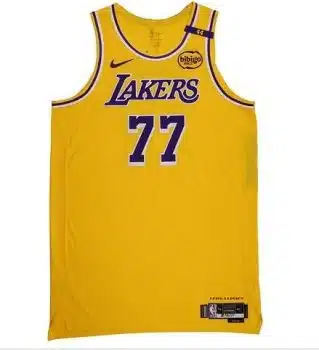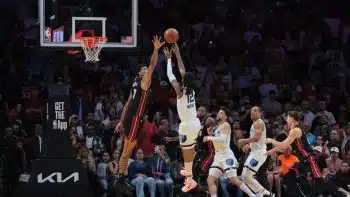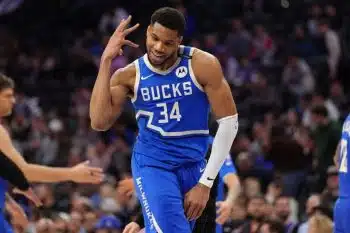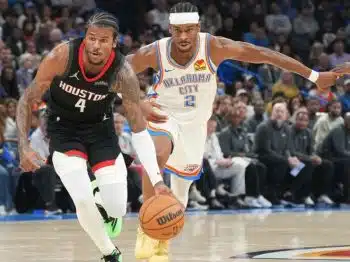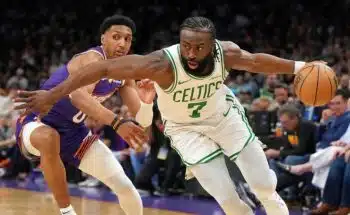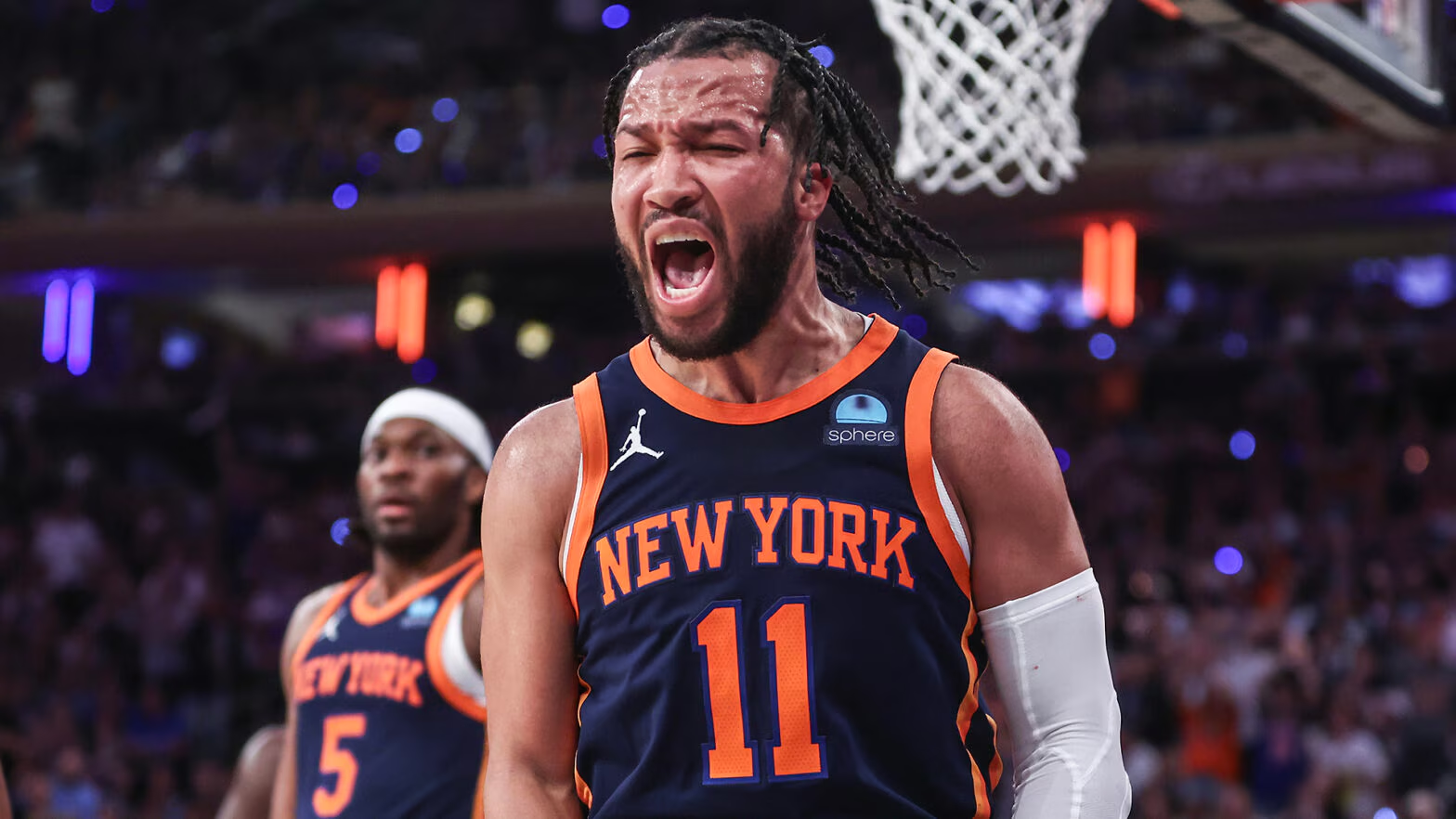NBA
Dunc’d On: Lottery Reform Goes Too Far
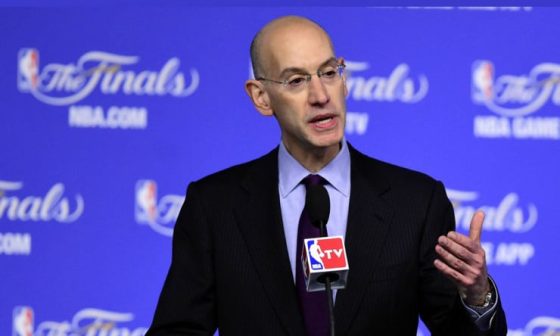
The biggest league news of recent days is that lottery reform seems all-but assured. Others, including Adrian Wojnarowski of Yahoo! Sports, have commented at length on the proposed reforms.
Gone will be a weighted system where the worst team has 25 percent of the ping-pong balls for the No. 1 overall pick and a guarantee it’ll drop no lower than fourth in the draft order. Now, the worst four teams have a 12 percent chance at the first pick, No. 5 has an 11.5 percent chance, No. 6 has 10 percent, and on down. What’s more, the worst team can drop as far as seventh in the draft order, the second worst can drop to No. 8, and so on.
Wojnarowski’s column detailed a gently waxing undercurrent led by Thunder general manager Sam Presti, who sought to marshal additional votes against the reform with the argument that it would disproportionately hurt small-market teams. But the big losers over the long-term (once any protected picks are sorted out) will be teams with the top-three worst records. Once guaranteed a high pick and the best chances at number one, their odds of top picks are greatly reduced under the new system. And with the top-six picks now subject to leapfrogging by teams below via the lottery, teams in the back half of the lottery are the big winners, even if it only means ascension to into the top half rather than top three.
Does the Reform Hurt Small Markets?
Thus, small market teams would only be prejudiced by this reform if they disproportionately fall among the worst three records. Is that so? Here are the market sizes of the worst three teams (including ties) over the last 10 seasons:
2014: MIL (24), PHI (4), ORL (18)
2013: ORL (18), CHA (21), CLE (17)
2012: CHA (21), WAS (10), CLE (17)/NOH (28)
2011: MIN (14), CLE (17), TOR (5)
2010: NJN (1), MIN (14), SAC (19)
2009: SAC (19), WAS (10)/LAC (2)
2008: MIA (15), SEA (13), MEM (27)/MIN (14) Note: (LAC, NYK tied for 5th worst)
2007: MEM (27), BOS (8), MIL (24)
2006: POR (20), NYK (1), CHA (21)/ATL (9)
2005: ATL (9), NOH (28)/CHA (21)
The average market size of these 34 sad sacks was 15.2. The evidence that small market teams are more likely to end up in the top three is not particularly strong.
The Potential Unintended Consequences
In fact, there are solid arguments that the proposed reform could help smaller market teams. Many are less able to bottom out from a business perspective. The Bucks and Pacers are both teams that could have purposefully gone into full-scale rebuilding in the last decade, but were unable to do so for fear of alienating their relatively paltry fan bases from a business perspective.* Now, teams that cannot bottom out have a greater chance at lottery luck.
Another way the proposed reform could help small market teams is by enabling late-lottery teams on the rise another shot at cheap talent as they move towards the playoffs. This is crucial for small-market teams that can’t or won’t pay the tax. Indiana and Memphis are great examples. Both made tax-focused cuts in years they were plausible contenders—another starter on a rookie contract is much more critical for a team like that than a larger market squad that can exceed the tax or use the full mid-level exception. These are uncertain benefits to be sure, but they are more realistic than concerns that worse odds for the three worst teams would disproportionately hurt small markets.
Unfair consequences may abound from such massive reform. The most salient involves already-transferred protected picks. The Suns agreed on top-five protection for the Lakers’ pick they received for Steve Nash, as both sides likely thought there was little chance the Lakers would be among the worst in the league in 2014-15. Now, even if the Lakers finish seventh-worst, their odds of breaching the top five and retaining their pick improve significantly.
Or take the Kings. The pick they traded to get J.J. Hickson for Omri Casspi is top-10 protected, and now owned by the Bulls. They would stand a very likely chance of retaining their pick under the old system. But now if they finish with, say, the ninth-worst record, the teams below them have both a better chance of moving up and more chances to do so with the top six picks subject to the lottery.
On the other hand, one could argue the added uncertainty would make teams less likely to shoot for a specific record, leading to either less or even more tanking (the latter just to maximize the odds of retaining the pick) at the end of the year. But regardless of the consequences, this is not what the teams who made these trades bargained for. They didn’t do anything “wrong”—how could they have anticipated that one team would tank so egregiously as to cause an overhaul of the system?
The Fairer Solution
Let’s start with the obvious: The Sixers’ roster is an absolute abomination this year. On opening night, they will start one player who plausibly projects as above-replacement this year, Nerlens Noel. They will get Michael Carter-Williams back, but potentially not for a couple of months. I cannot remember a worse opening day roster. They are not going to be fun to watch, nor will they be playing many players who could someday be part of the next good Sixers’ team—or any good team. Their projected over/under in Vegas as of last weekend was 15.5. They currently sit fathoms below the league’s salary floor.
Accept the premise that this sort of behavior is bad for the league, and must be stopped. I do not necessarily buy it, but since the powers that be have, the focus should shift to the best possible deterrence with the fewest externalities. If the league really is concerned about curbing season-long tanking by the Sixers or other like-minded teams, there are fairer methods that will not be nearly as disruptive for the rest of the league.
One very easy solution would be a stiffened penalty for failing to meet the salary cap floor. Right now, the Sixers merely are required to distribute the shortfall to the players on the roster. In short, there is no penalty at all. Requiring a double payout, with half going to the other teams in the league, might be a useful deterrent.
But an even better solution would be to simply and directly penalize the Sixers if their record is below a certain abominable level. That level and the punishment itself are open to debate, but my suggestion is making the club ineligible for the number one pick if it finishes with less than 15 wins, a record reserved for the historically awful. Since the advent of the three-point line in 1979-80, only 10 teams have won 14 games or less (prorated in lockout years). So it is very unlikely that a team actually trying would fall below this level.
The ostensible motive for tanking is a higher draft pick, so potential ineligibility for that pick should provide enough motivation to exceed the wins floor. Certainly it is possible for teams to tank and exceed 14 wins. The Sixers did it a year ago, after all. But at the very least, the wins floor would put some fear into would-be tankers, forcing them to at least assemble a reasonable roster. And if a legitimately trying team somehow failed to eke out 14 or less wins, the punishment is not too draconian. The alleged tanker is ineligible for the number one pick it only had a 25 percent chance at anyway.
Both the punishment (ineligibility for the top three picks?) and the floor (16 wins? 18?) could be tweaked to provide additional deterrence if needed. But if the true goal is to stop season-long tanking while giving enough hope to the league’s truly downtrodden, it can be done without sending shockwaves through the league. Changing the lottery process to such a degree in response to one team is an overreaction that could have massive unintended consequences.
